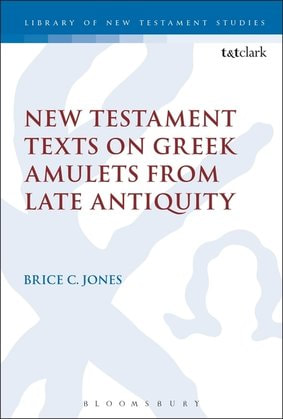|
[Originally posted on my now defunct blog "The Quaternion"] Just today (29 October 2012), a seller on eBay posted an auction with the title, “Greek-Coptic Roman Rare Egyptian Uncial Papyrus Fragments.” This seller (“mixantik”), who is from Turkey, has been auctioning hundreds of ancient Coptic and Greek papyrus fragments in lots on eBay for at least a year. I have contacted this seller on several different occasions to inquire about some of his papyri. He tells me that all of his papyri come from Egypt, although it is not clear precisely where in Egypt. But it is clear that someone has discovered a very large quantity of papyri. A colleague has suggested to me that perhaps the locals are continuing to find papyri in Oxyrhynchus, which is a possible scenario. The papyri that are sold by this dealer are 100% authentic; this can be verified by an analysis of the handwriting from the images the seller posts on eBay—usually very good images. I check eBay daily, with the search phrase “papyrus fragment,” to see if this seller (or any other) is auctioning off papyri. This seller's previous lots have sold for pennies, anywhere from $20 to $300. One of the papyri in the lot that was posted in the auction today immediately caught my attention. After doing a quick check, I positively identified one of his fragments, on the basis of the images he provided, as a folio of a codex (recto and verso) of Galatians 2:2-4, 5-6. The seller is currently asking $14,000—an excessive figure. I thought I would post the images of this fragment here and provide a transcription and brief palaeographical discussion. Without question, this is an authentic Coptic papyrus fragment of the NT, likely from the 4th or 5th century CE, and as such it deserves to be conserved and studied by specialists. Unfortunately, many important ancient manuscripts (biblical or otherwise), when they are auctioned in this manner, disappear without a trace of their whereabouts. It would be beneficial if the buyer would come forward to let others know the location of the manuscript. Of course if we are dealing with a papyrus that has indeed been exported from Egypt, then there are sensitive legal issues involved. Regardless, at least we now know that a very important manuscript of the Coptic NT exists. The future of the manuscript, however, remains a mystery.
UPDATE: This papyrus is now in the possession of the Green Collection.
1 Comment
|
Archives
December 2020
Categories
All
|



